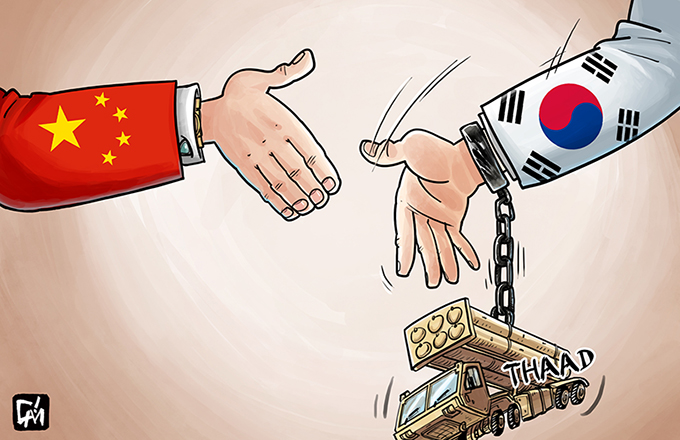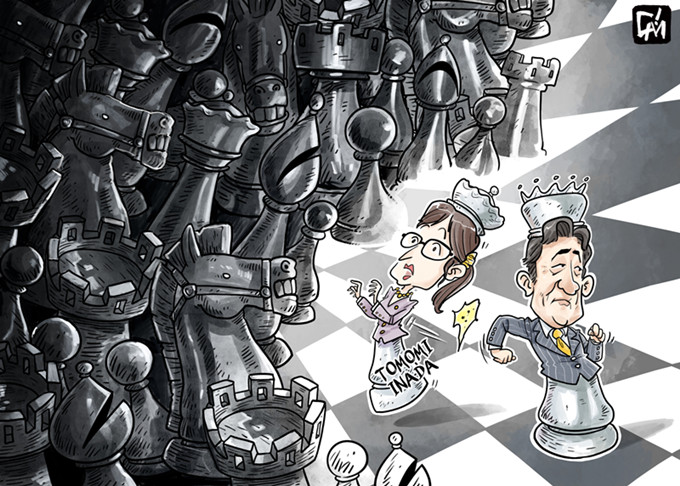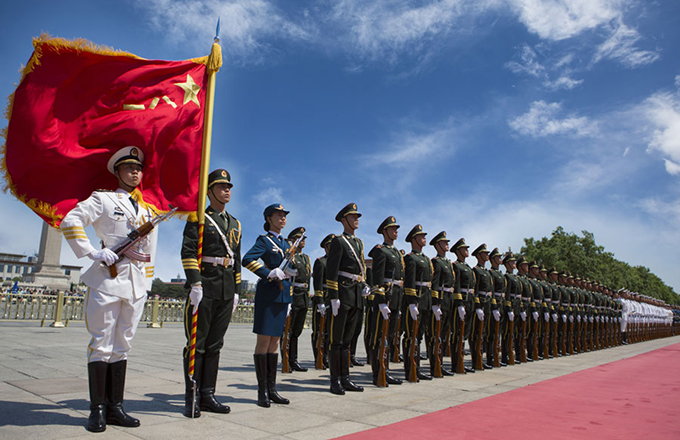'America First' trade rows about to begin
What next and when?
Recently, Ross seemed to be pushing for a trade war over steel at a closed-door meeting with Senate Finance Committee members, but he did not put a time frame on the release of his review. Officially, he has 270 days to submit a report to Trump-which means anytime between soon and by late fall.
If Ross "finds" that steel imports threaten to impair US national security, Trump must determine within three months whether he concurs with Ross's findings; and what actions should be taken.
However, the highly anticipated NAFTA talks will move ahead faster. According to the US Trade Representative's recently released negotiating goals, the main objective is to reduce US trade deficit. What free trade advocates find distressing is that the USTR's goals reveal little about such flashpoints as dispute-settlement mechanism, intellectual property, and rules of origin. What they see as reassuring is that the USTR's objective is to build on existing agreements, including World Trade Organization measures and some elements of the Trans-Pacific Partnership agreement (which Trump buried during his first day in the office).
Nevertheless, the NAFTA talks are likely to be long and confrontational. Even more importantly, the NAFTA objectives are likely to be used as a template not just for other pending trade reviews (particularly the ROK), but with perceived "deficit offenders" in Europe (especially Germany) and Asia (China, but also Japan).
The planned steel import tariffs are likely to illustrate the White House's effective objectives. During his campaign, Trump spoke of about 45 percent import tariffs. In the past few months, his team has floated the idea of 10 percent tariffs. But at a recent White House meeting with some 22 leading officials, Trump said he is willing to impose 20 percent tariffs, even if almost 20 of those officials were against the idea.
If that's the case, why would Trump be so willing to go against the mainstream?
Trump's focus has never been on the middle-of-the-road US constituencies, but on those that made possible his win through the Electoral College and his campaign objectives that these constituencies supported-particularly "America First" trade policy predicated on deficit targeting.
Timing is of vital importance. In the past few months, Republicans have failed twice to repeal Obamacare, and the Trump administration's tax reforms have stalled in the Congress.
In the medium term, Special Counsel Robert Mueller's investigation may seek to undermine Trump's political future. In the short term, it will complicate any reforms that require support by the Congress. However, the investigation is less likely to tie Trump's hands in trade policy, which can be built on executive powers.
Perhaps that's why Trump ramped up the heat before the first Comprehensive Economic Dialogue. He needs perceived short-term wins to appease his constituencies and to restore the administration's credibility-even if that means alienating the US' longstanding NATO partners in Europe, NAFTA partners in North America, East Asian partners Japan and the ROK-and China.
The author is the founder of Difference Group and has served as research director at the India, China and America Institute (USA) and visiting fellow at the Shanghai Institutes for International Studies (China). Courtesy: chinausfocus.com





















